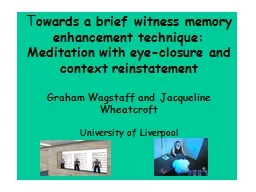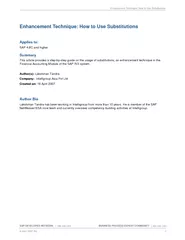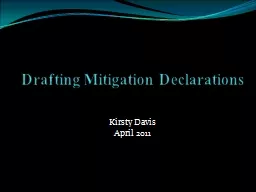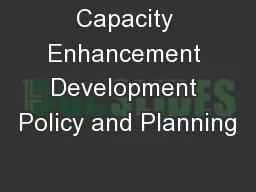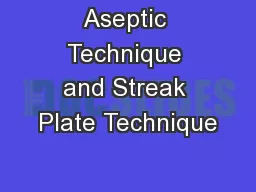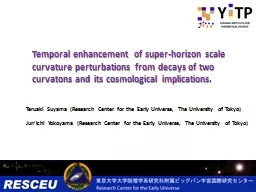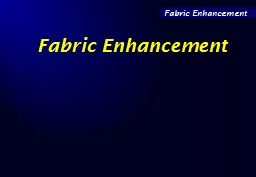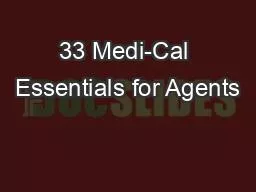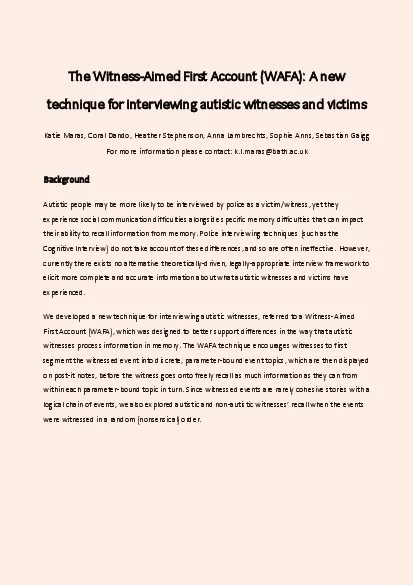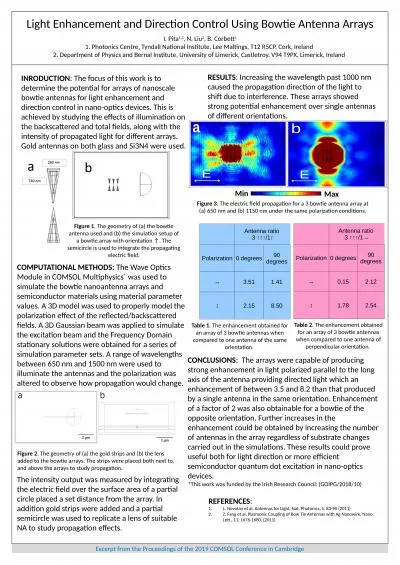PPT-T owards a brief witness memory enhancement technique: Medi
Author : min-jolicoeur | Published Date : 2016-05-08
Graham Wagstaff and Jacqueline Wheatcroft University of Liverpool Memory enhancement for witnesses Before cognitive interview main technique was hypnosis Investigative
Presentation Embed Code
Download Presentation
Download Presentation The PPT/PDF document "T owards a brief witness memory enhancem..." is the property of its rightful owner. Permission is granted to download and print the materials on this website for personal, non-commercial use only, and to display it on your personal computer provided you do not modify the materials and that you retain all copyright notices contained in the materials. By downloading content from our website, you accept the terms of this agreement.
T owards a brief witness memory enhancement technique: Medi: Transcript
Download Rules Of Document
"T owards a brief witness memory enhancement technique: Medi"The content belongs to its owner. You may download and print it for personal use, without modification, and keep all copyright notices. By downloading, you agree to these terms.
Related Documents

